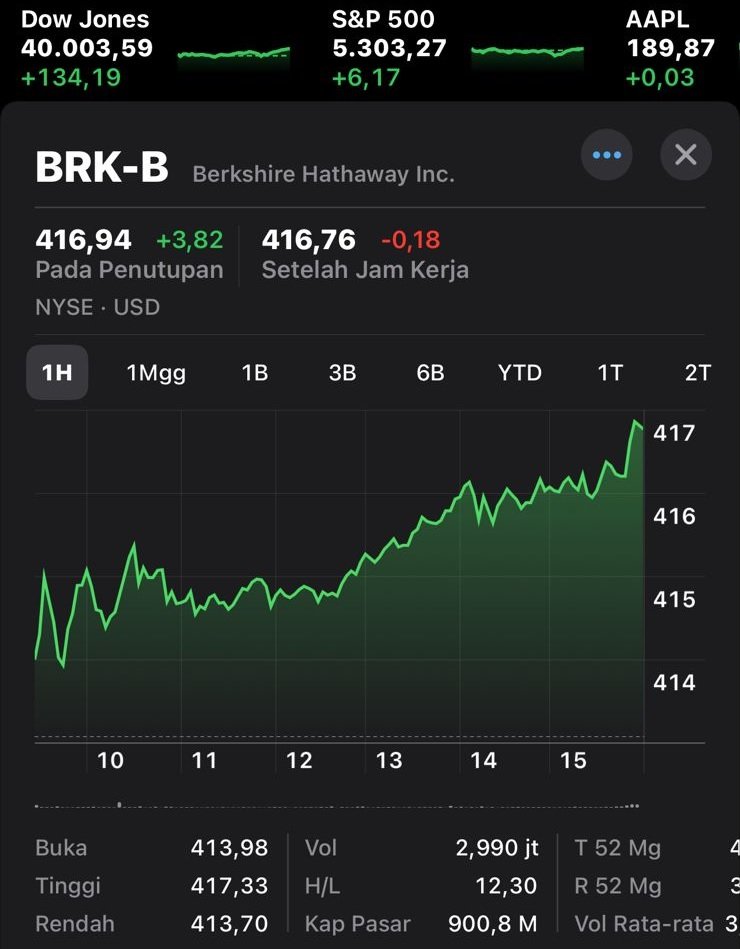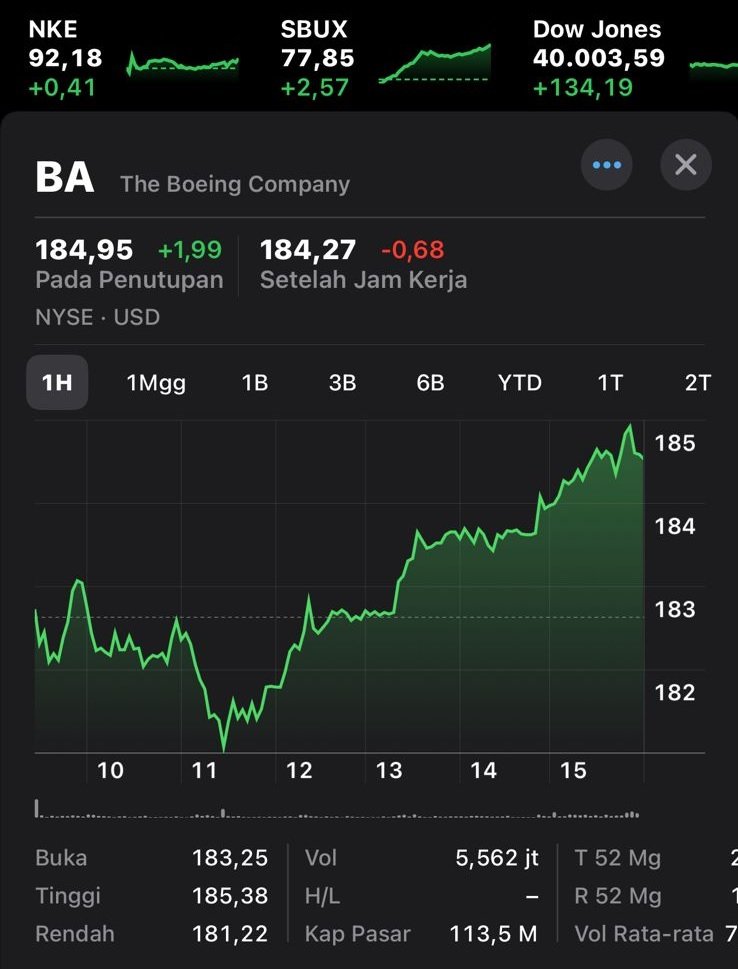The factors that influence the USD value in major pairs are very complex and involve many interrelated variables. The foreign exchange market (forex) is a global market that is greatly influenced by various economic, political and social factors. In the context of major pairs, USD is often the main currency traded, so the value of USD can be influenced by a number of different factors. One of the factors that influences the value of the USD in major pairs is the monetary policy of the United States Federal Reserve (Fed). Interest rate policies and asset purchase policies announced by the Fed can have a direct impact on the value of the USD. An increase in interest rates by the Fed tends to increase the USD exchange rate because it can increase investors’ interest in investing capital in the United States. Apart from that, the economic condition of the United States is also an important factor in determining the USD value in major pairs. Economic data such as economic growth, unemployment rates, and inflation can influence the market’s perception of the strength of the United States economy, which in turn affects the value of the USD. Increasing economic growth or decreasing unemployment rates tend to support USD strengthening. Political factors also have a significant impact on the USD value in major pairs. Political policies announced by the US government, including trade policy and fiscal policy, can influence market sentiment towards the USD. Changes in international trade policies or geopolitical tensions can trigger market volatility and direct the direction of USD movements.
Apart from internal factors in the United States, economic and political conditions in trading partner countries can also influence the value of USD in major pairs. For example, economic conditions in the European Union or China can affect the demand for USD and therefore the exchange rate of USD against the currencies of those countries. Apart from economic and political factors, other factors such as market sentiment, current news, and global events can also influence the value of USD in major pairs. Market reactions to certain news or events can cause drastic movements in the USD exchange rate in a short period of time. Commodity price movements can also affect the USD value in major pairs. For example, a decrease in oil prices can reduce the income of oil exporting countries, which in turn can cause their currencies to weaken against the USD. Apart from fundamental factors, technical factors can also influence the USD value in major pairs. Technical analysis, such as support and resistance levels, chart patterns, and technical indicators, can help traders identify trading opportunities and make better investment decisions. It is important to remember that the USD value in major pairs is influenced by a combination of all the factors mentioned above, as well as other factors that may be unexpected. Therefore, traders must pay attention to all aspects of the market and carry out careful analysis before making trading decisions. In the world of forex trading, market risks are always lurking, and there is no guarantee that you will make a profit. Having a good trading strategy and fully understanding the risks involved is very important before diving into forex trading.
By being aware of the factors that influence the USD value in major currency pairs and conducting in-depth analysis, traders can increase their chances of success in the forex trading arena. The role of understanding risk and mature trading strategies is an irreplaceable foundation in dealing with the complexity of the ever-fluctuating forex market. Without adequate understanding, market participants will be at greater risk of experiencing significant losses. With this in mind, the use of appropriate trading strategies becomes crucial, which can help traders manage risk more effectively and increase potential profits in the long term. A deep understanding of the factors that influence the value of the USD, such as monetary policy, economic indicators and geopolitical factors, is the main key in determining the direction of trading in the forex market. By exploring information and conducting careful analysis of market conditions, traders have the opportunity to make more informed decisions and reduce the risks involved in their transactions. Therefore, a solid understanding of the currency markets and the ability to use appropriate trading strategies is something that cannot be ignored by any trader who wants to be successful in the forex market. Traders who are successful in forex trading always practice thorough analysis of the various factors that influence the movement of the value of the USD and other currency pairs.
By understanding the monetary policy implications of central banks, following developments in key economic indicators, and paying attention to geopolitical dynamics, they can make more accurate predictions about market direction. This gives them an edge in making wise trading decisions and minimizing the risk of loss. In the midst of fierce competition in the forex market, a trader’s success does not only depend on luck alone, but is also influenced by their level of understanding and readiness to face risks. Through in-depth analysis and a solid understanding of currency market dynamics, as well as efforts to develop trading strategies that suit market situations, every trader has the opportunity to achieve the desired success in forex trading. The forex market is known as a dynamic and challenging arena, where decisions taken must be based on accurate information and a deep understanding of the factors that influence currency movements. With good analytical skills and the ability to respond quickly to market changes, a trader can make wiser decisions and minimize the risk of losses. In their journey in the forex market, every trader must commit to continuing to learn and develop their skills. By gaining a deeper understanding of market dynamics and continually honing their trading strategies, traders can increase their chances of achieving consistent success in foreign currency trading
Conclusion regarding Factors that Influence the Value of USD in Major Currency Pairs:
1. Federal Reserve (The Fed) Monetary Policy: The actions and communications of the Federal Reserve have a significant impact on the value of the US dollar. Interest rate policies, statements about the economic outlook, and monetary stimulus measures influence the market’s perception of the US dollar.
2. US Economic Data: Figures such as GDP growth, unemployment rate, inflation, and retail sales provide an indication of the health of the US economy. Strong data tends to support US dollar appreciation, while weak data can trigger weakness.
3. Global Market Sentiment: Global risk sentiment, including economic and political events in other countries, may influence demand for US dollar-based assets as a haven. Geopolitical conflicts or political uncertainty in other countries can trigger a strengthening or weakening of the US dollar.
4. US Trade and Balance of Payments: The US trade balance and capital flows play an important role in determining demand for the US dollar. A large trade deficit or problems in the balance of payments can depress the value of the US dollar.
5. Government Policy and Politics: Fiscal policy, such as changes in tax and government spending policies, can also affect the value of the US dollar. In addition, domestic political developments, such as elections or foreign trade policies, can trigger volatility in foreign exchange markets.
6. Technical Factors: Technical analysis and price movements also influence the value of the US dollar in the short term. Chart patterns, support and resistance levels, and trading volume can provide clues about the direction of the USD movement.
7. Government Intervention: Occasionally, the US government may intervene directly in the foreign exchange markets to influence the value of the US dollar, although such interventions are becoming less common.












